

AI assistants like ChatGPT, Claude, and LLAMA are all in one chat group. Use @foo to target a specific AI for a response. Tag multiple AIs for simultaneous replies. Heck, you can even @Claude to have it continue from where Chatgpt left off.
The advancement in Natural Language Processing (NLP) technology has led to the development of powerful large language models. Cerebras Systems, a leading provider of accelerating artificial intelligence computation, has introduced Cerebras-GPT, a family of open, compute-efficient, large language models. The Cerebras-GPT language model provides significant improvements in performance, allowing for faster processing speeds and larger amounts of data to be analyzed. Cerebras-GPT has the potential to revolutionize the NLP industry by enabling researchers and developers to build more efficient language models.
BloombergGPT is a financial large language model designed and built entirely from scratch by Bloomberg. With 50-billion parameters, it's one of the largest models in the industry and specifically tailored for financial applications. The model integrates top-of-the-line machine learning technologies, making it capable of providing sophisticated predictions and recommendations for investors and traders. Bloomberg has developed this model to enhance the accuracy and efficiency of its finance-related tasks such as sentiment analysis, news summarization, and trading signal generation. Overall, BloombergGPT promises to unlock new potentials for financial data analysis, giving investors and traders a powerful tool for making informed decisions.
Lionbridge is a leading translation platform that provides enterprise-grade services with state-of-the-art AI-powered automation capabilities to offer faster and more accurate translations. With a focus on delivering high-quality results, Lionbridge has become the go-to choice for businesses looking to communicate effectively with their global audience. With its innovative approach to language translation, Lionbridge has earned a reputation for excellence in the industry and is trusted by companies across various sectors. Through its advanced technologies and expert team of linguists, Lionbridge has helped businesses expand their reach and connect with customers worldwide.
FluentU is a cutting-edge language learning platform that offers a unique approach to mastering a new language. With its immersive video-based learning system, FluentU provides users with the opportunity to learn and practice new words and phrases in real-world contexts. By integrating quizzes and other interactive tools, it helps users to retain and apply their knowledge effectively. Whether you are a beginner or an advanced learner, FluentU offers an engaging and effective way to improve your language skills.
Rosetta Stone is a revolutionary language learning program that has been designed to help users learn new languages easily and effectively. It uses advanced speech recognition technology to enable users to practice their pronunciation of words and phrases. This interactive language learning platform is designed to cater to learners of all levels, from beginners to advanced speakers. With Rosetta Stone, language learning has never been more accessible or engaging.
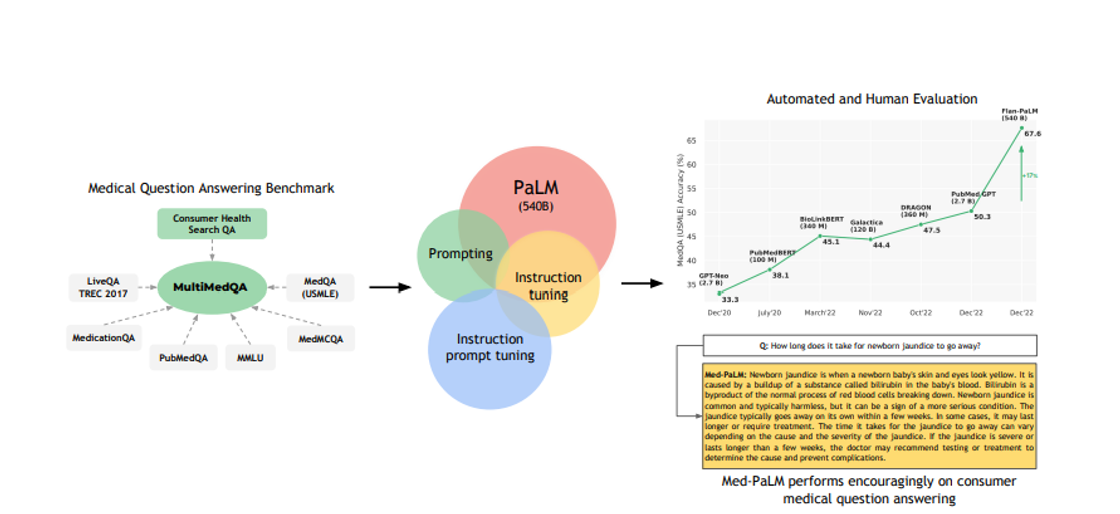
Med-PaLM
AI Powered Medical Imaging

Zapier
OpenAI (Makers of ChatGPT) Integrations | Connect Your Apps with Zapier
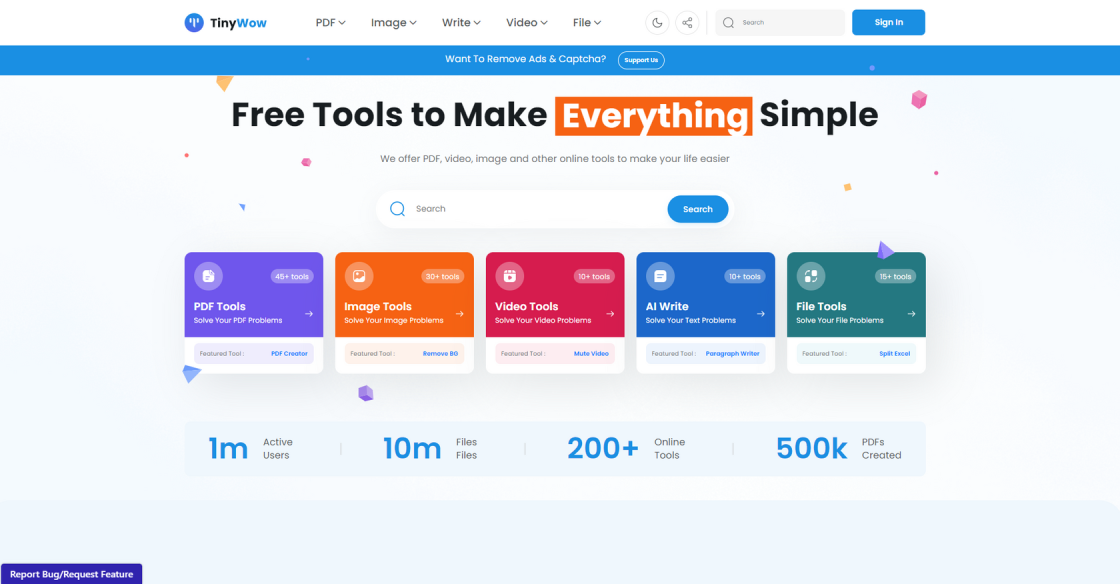
TinyWow
Free AI Writing, PDF, Image, and other Online Tools - TinyWow

Caktus
AI solutions for students to write essays, discuss questions, general coding help and professional job application help.
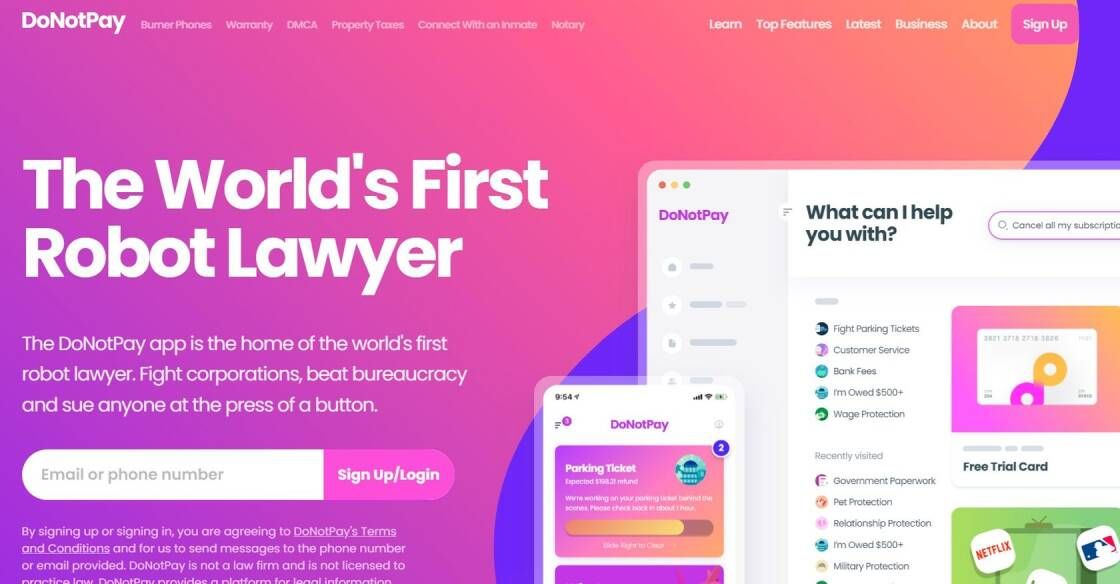
Donotpay
DoNotPay - The World's First Robot Lawyer
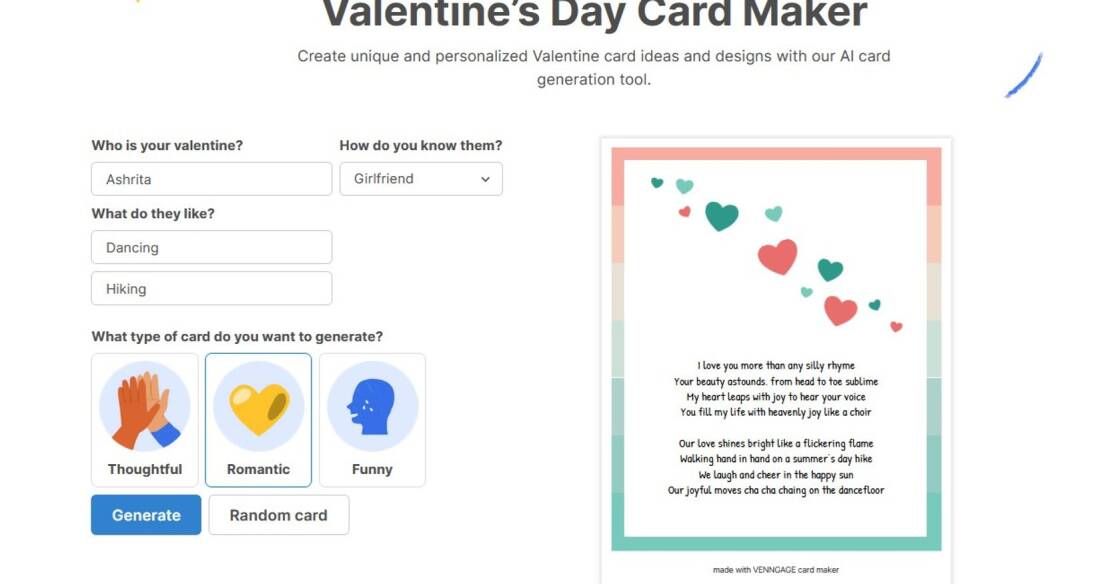
Venngage
Valentine’s Day Card Maker
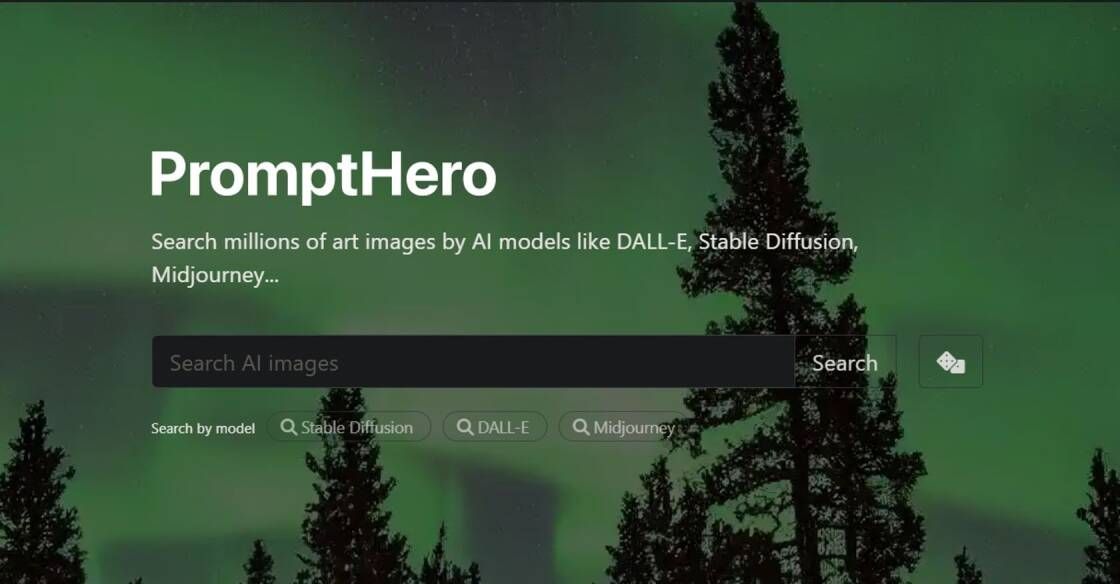
PromptHero
PromptHero - Search prompts for Stable Diffusion, DALL-E & Midjourney
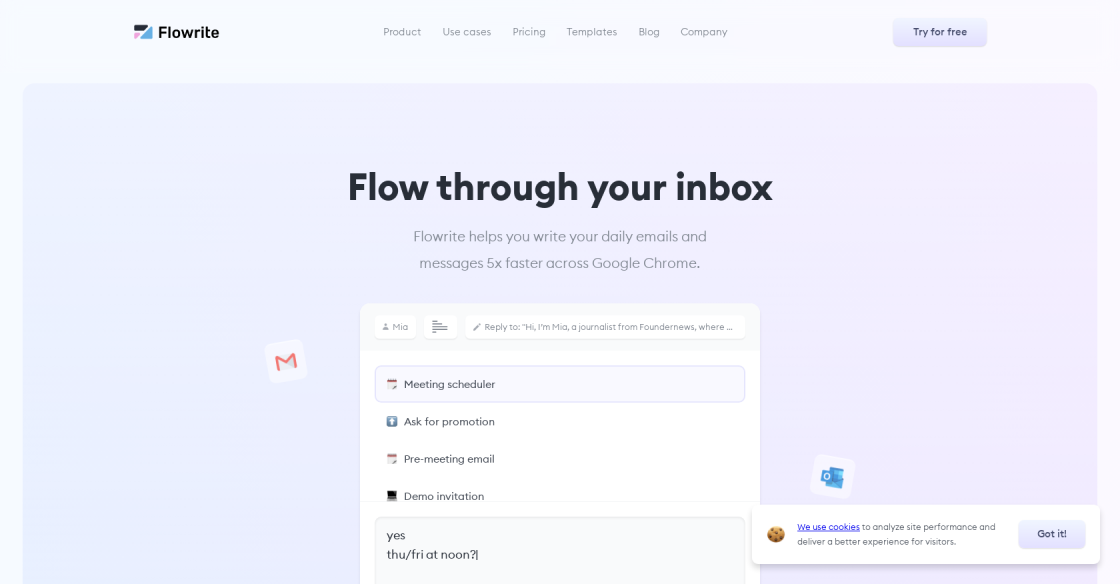
Flowrite
Flowrite - Supercharge your daily communication
BioLingo is a revolutionary technology that is transforming the healthcare and life science research fields by providing natural language processing solutions. The technology utilizes advanced algorithms to analyze complex scientific and medical data in a way that is both efficient and accurate. With BioLingo, researchers and healthcare professionals can better understand and interpret clinical studies, scientific journals, and patient records, among other things. This innovative technology is not only changing the way we approach research but is also making it easier for clinicians to make more informed decisions about patient care. BioLingo is particularly useful in the field of genomics, where it can help researchers analyze large datasets and identify patterns that would otherwise be difficult to detect. With its ability to process vast amounts of data quickly and accurately, BioLingo is poised to become an invaluable tool in the healthcare and life science research fields.
BioLingo is a natural language processing tool designed specifically for healthcare and life science research applications.
BioLingo uses advanced algorithms and machine learning techniques to analyze and interpret complex medical and scientific data, allowing researchers to quickly and accurately identify patterns and insights.
BioLingo can be used for a wide range of research applications, including drug discovery, clinical trial analysis, medical coding, and more.
By automating the analysis of complex medical and scientific data, BioLingo can save researchers time and resources, while also improving the accuracy and reliability of their findings.
Yes, BioLingo is designed to be user-friendly and intuitive, with a simple interface that allows researchers to quickly and easily input and analyze data.
Yes, BioLingo is designed to be compatible with a wide range of other healthcare and life science tools, making it easy to integrate into any research workflow.
BioLingo has been extensively tested and validated, and has been shown to achieve high levels of accuracy in analyzing complex medical and scientific data.
Yes, BioLingo uses advanced security protocols to protect sensitive medical and scientific data, ensuring that it remains safe and confidential at all times.
To get started with BioLingo, simply sign up for an account on our website and start inputting your data. Our user-friendly interface will guide you through the process step-by-step.
The cost of BioLingo varies depending on the specific needs and requirements of each research project. Contact us today to learn more about pricing and to request a quote.
| Competitor Name | Description | Key Features | Pricing |
|---|---|---|---|
| Linguamatics | A natural language processing platform for life sciences and healthcare industries. | - Advanced text analytics - Semantic search - Entity extraction - Relationship extraction - Machine learning algorithms |
Contact sales for pricing |
| IBM Watson Health | A cognitive computing platform for healthcare and life sciences research. | - Natural language processing - Machine learning - Data visualization - Predictive analytics - Clinical decision support |
Contact sales for pricing |
| Ayasdi | An AI-powered platform for healthcare and life sciences research. | - Unsupervised machine learning - Visual data analysis - Automated hypothesis generation - Interactive data exploration - Predictive modeling |
Contact sales for pricing |
| Linguatronic | A natural language processing platform for healthcare providers and patients. | - Speech recognition - Text-to-speech conversion - Language translation - Voice-enabled chatbots - Medical terminology recognition |
Contact sales for pricing |
| Innoplexus | An AI-powered platform for life sciences and healthcare research. | - Natural language processing - Machine learning - Predictive analytics - Real-time data access - Semantic search |
Contact sales for pricing |
BioLingo is a natural language processing (NLP) technology that is specifically designed for healthcare and life science research. It is a powerful tool that can extract valuable insights from the vast amount of unstructured data in scientific publications, clinical trial reports, electronic health records, and other sources.
Here are some things you should know about BioLingo:
1. How does BioLingo work?
BioLingo uses advanced machine learning algorithms to understand the meaning of natural language text. It can recognize entities such as genes, proteins, diseases, drugs, and treatments, and identify their relationships and interactions. BioLingo can also categorize text based on its topic, sentiment, or relevance to a specific research question.
2. What are the benefits of using BioLingo?
BioLingo can significantly reduce the time and effort required for literature review, data extraction, and knowledge discovery in healthcare and life science research. It can help researchers to quickly identify relevant publications, extract key findings and insights, and generate new hypotheses for further investigation. BioLingo can also assist in the development of clinical guidelines, drug discovery, and personalized medicine.
3. Who can use BioLingo?
BioLingo is suitable for researchers, clinicians, pharmaceutical companies, and other organizations that need to analyze large volumes of scientific text. It can be used for various applications, such as systematic reviews, meta-analyses, clinical trial design, pharmacovigilance, and precision medicine. BioLingo is user-friendly and can be integrated with other tools and platforms.
4. What are the limitations of BioLingo?
Like any NLP technology, BioLingo has some limitations. It may not accurately interpret complex or ambiguous language, or understand the context and nuances of human communication. BioLingo also relies on the quality and availability of the input data, which may vary depending on the source and format. Therefore, it is important to validate the results obtained with BioLingo and combine them with other sources of information.
5. How is BioLingo different from other NLP tools?
BioLingo is tailored to the specific needs and challenges of healthcare and life science research. It has been trained on a large corpus of biomedical literature and has specialized models for different domains and languages. BioLingo also offers customizable features and workflows, as well as a team of experts who can provide support and guidance. Overall, BioLingo offers a unique and powerful solution for unlocking the hidden insights in scientific text.
TOP